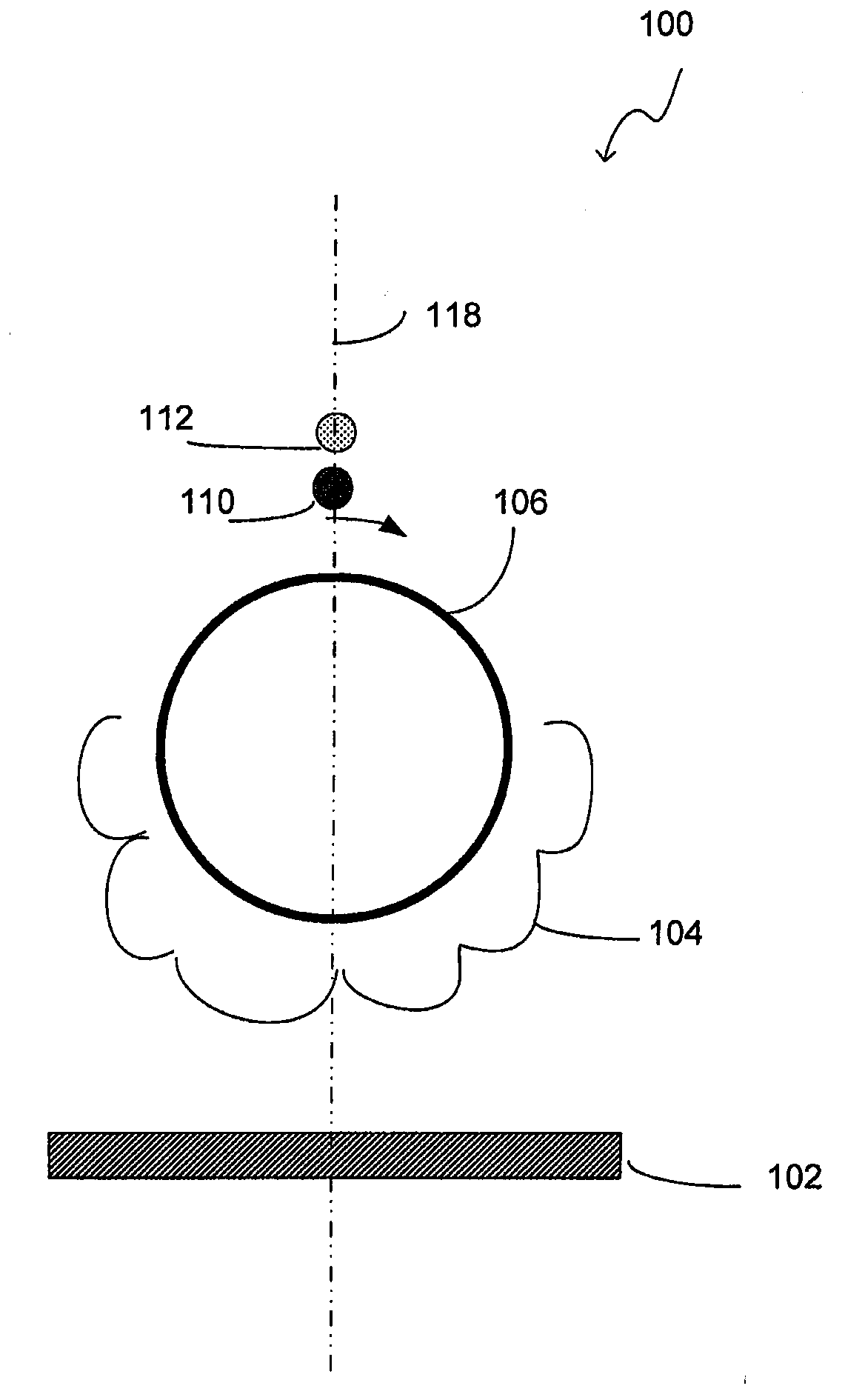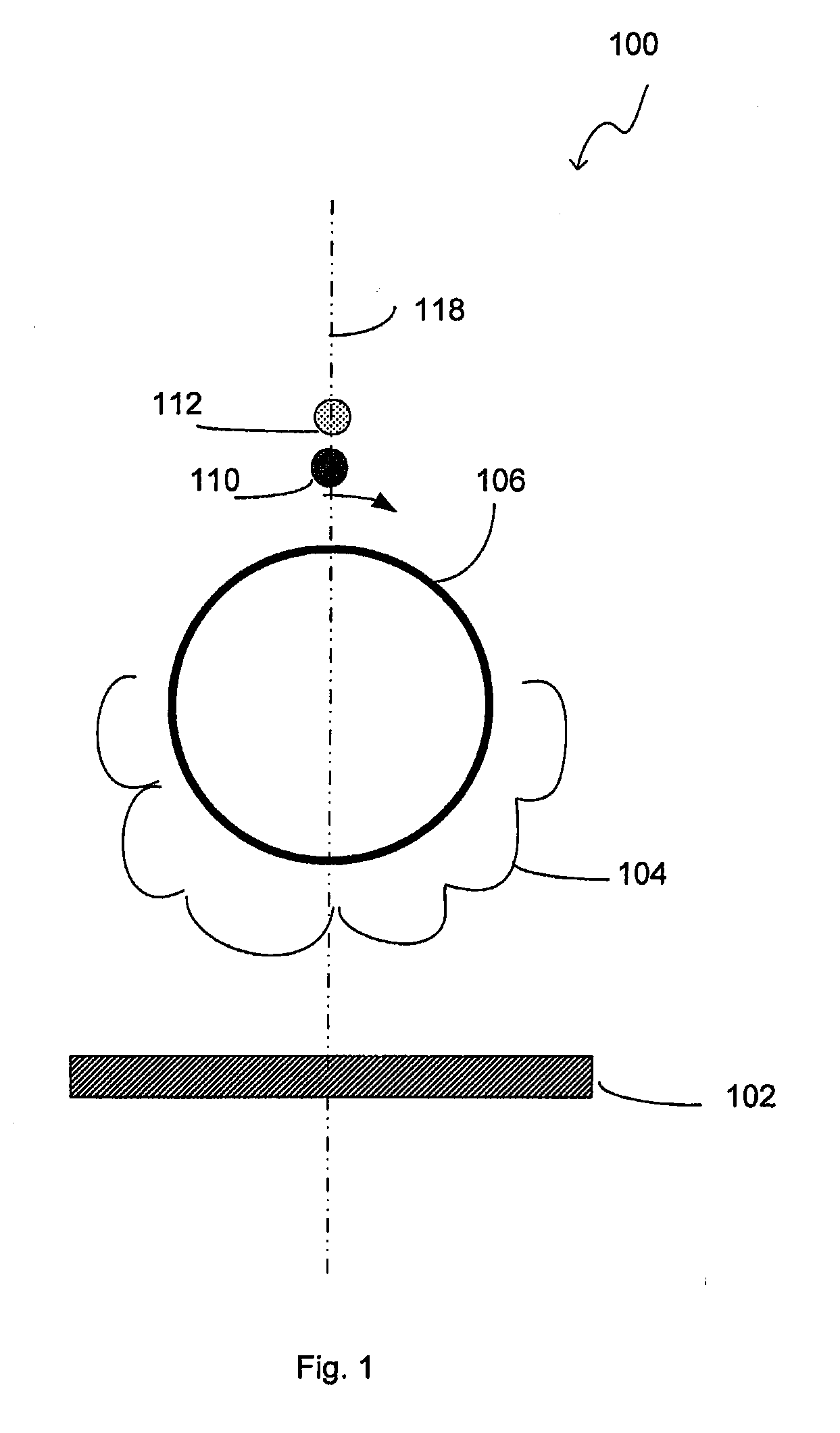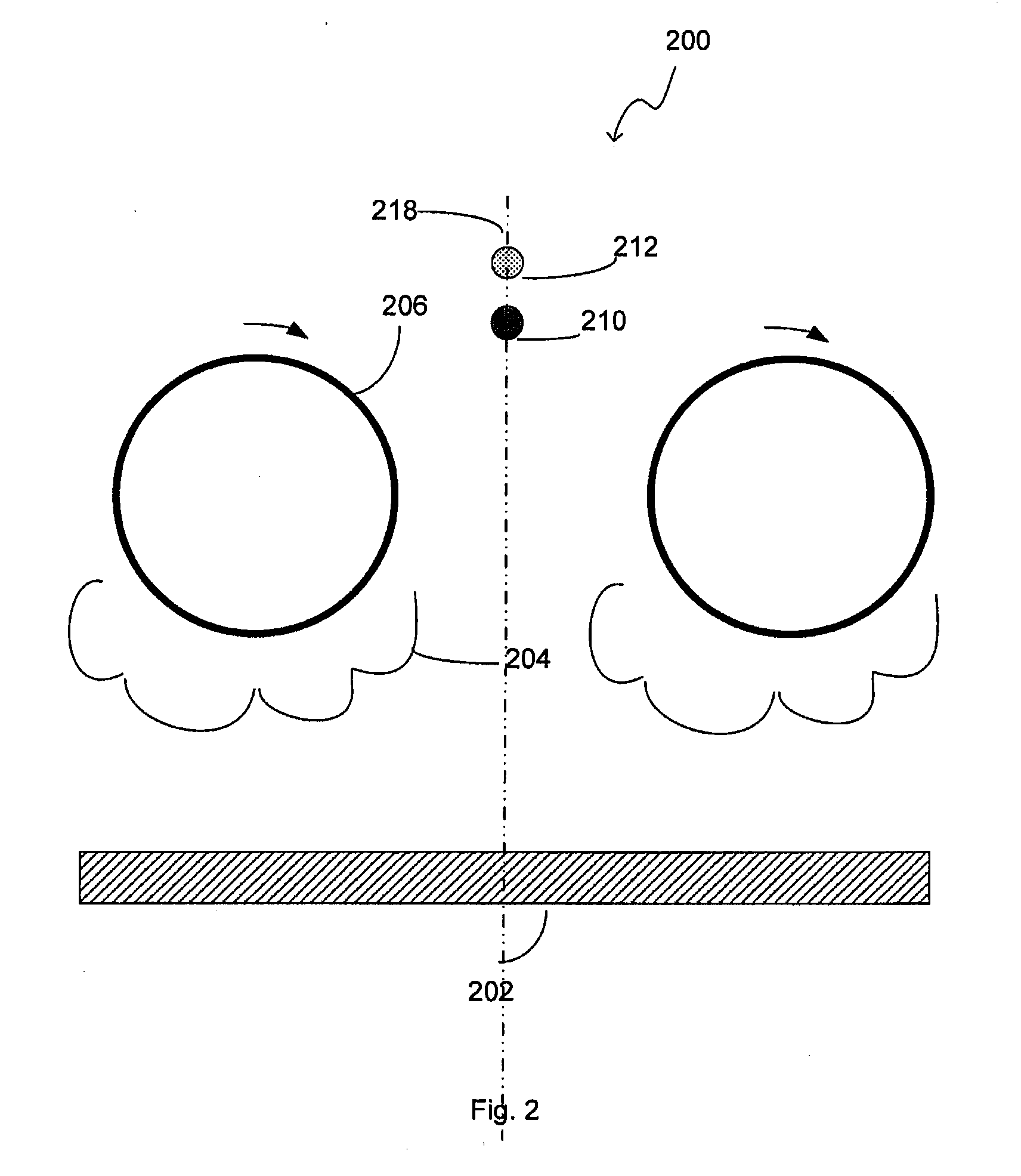Microwave-assisted rotatable pvd
a rotatable, microwave technology, applied in vacuum evaporation coatings, electrolysis components, coatings, etc., can solve the problems of large area deposition, difficult escape of deposition atoms without being ionized by energetic electrons, and large variation of plasma density of magnetized plasma, etc., to enhance ionization in pvd or ipvd, enhance sputtering, and enhance ionization. , the effect of high-
- Summary
- Abstract
- Description
- Claims
- Application Information
AI Technical Summary
Benefits of technology
Problems solved by technology
Method used
Image
Examples
Embodiment Construction
1. Overview of Microwave-Assisted PVD
[0022]Microwave-assisted PVD has been developed to achieve higher plasma densities (e.g. 1012 ions / cm3) and higher deposition rate, as a result of improved power coupling and absorption at 2.45 GHz when compared to a typical radio frequency (RF) coupled plasma sources at 13.56 MHz. One drawback of the RF plasma is that a large portion of the input power is dropped across a plasma sheath (dark space). By using microwave plasma, a narrow plasma sheath is formed and more power can be absorbed by the plasma for creation of radical and ion species, which increases the plasma density and reduces collision broadening of the ion energy distribution to achieve a narrow energy distribution.
[0023]Microwave plasma also has other advantages such as lower ion energies with a narrow energy distribution. For instance, microwave plasma may have low ion energy of 1-25 eV, which leads to lower damage when compared to RF plasma. In contrast, standard planar discharg...
PUM
| Property | Measurement | Unit |
|---|---|---|
| Dielectric polarization enthalpy | aaaaa | aaaaa |
| Power | aaaaa | aaaaa |
| Electric potential / voltage | aaaaa | aaaaa |
Abstract
Description
Claims
Application Information
 Login to View More
Login to View More - R&D
- Intellectual Property
- Life Sciences
- Materials
- Tech Scout
- Unparalleled Data Quality
- Higher Quality Content
- 60% Fewer Hallucinations
Browse by: Latest US Patents, China's latest patents, Technical Efficacy Thesaurus, Application Domain, Technology Topic, Popular Technical Reports.
© 2025 PatSnap. All rights reserved.Legal|Privacy policy|Modern Slavery Act Transparency Statement|Sitemap|About US| Contact US: help@patsnap.com



